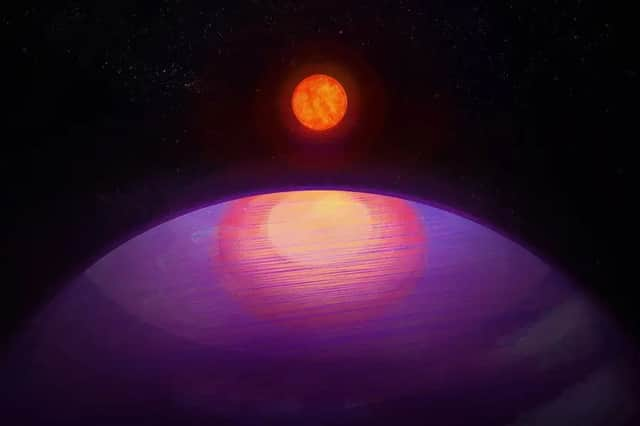Tiny star, huge planet: scientists discover a planet that shouldn't exist


A planet lurking in the depths of space is too large for its sun and therefore should exist. Now, the researchers who found it are calling for a new understanding of how planets and solar systems form.
The planet is more than 13 times as massive as the Earth, but it orbits around a star around nine times less big as our Sun. The ratio between the two of them is 100 times higher than it is between the Earth and our sun.
Advertisement
Hide AdAdvertisement
Hide AdThis is the first time a planet with such a high mass has been seen orbiting a star with such a low amount of mass. Suvrath Mahadevan, from Penn State said: "This discovery really drives home the point of just how little we know about the universe. We wouldn’t expect a planet this heavy around such a low-mass star to exist."
Stars are formed out of large clouds of gas and dust and material sticks with the star acts as a disc that orbits around it. Planets can then form out of that extra material, and go on to make a planetary system like our own.
But the new research shows the disc around the star, known as LHS 3154, would not have enough material to make a planet so large.
“The planet-forming disc around the low-mass star LHS 3154 is not expected to have enough solid mass to make this planet,” Mahadevan said. “But it’s out there, so now we need to reexamine our understanding of how planets and stars form.” The finding is reported in a new paper, ‘A Neptune-mass exoplanet in close orbit around a very low mass star challenges formation models’, published in Science.
Comment Guidelines
National World encourages reader discussion on our stories. User feedback, insights and back-and-forth exchanges add a rich layer of context to reporting. Please review our Community Guidelines before commenting.
